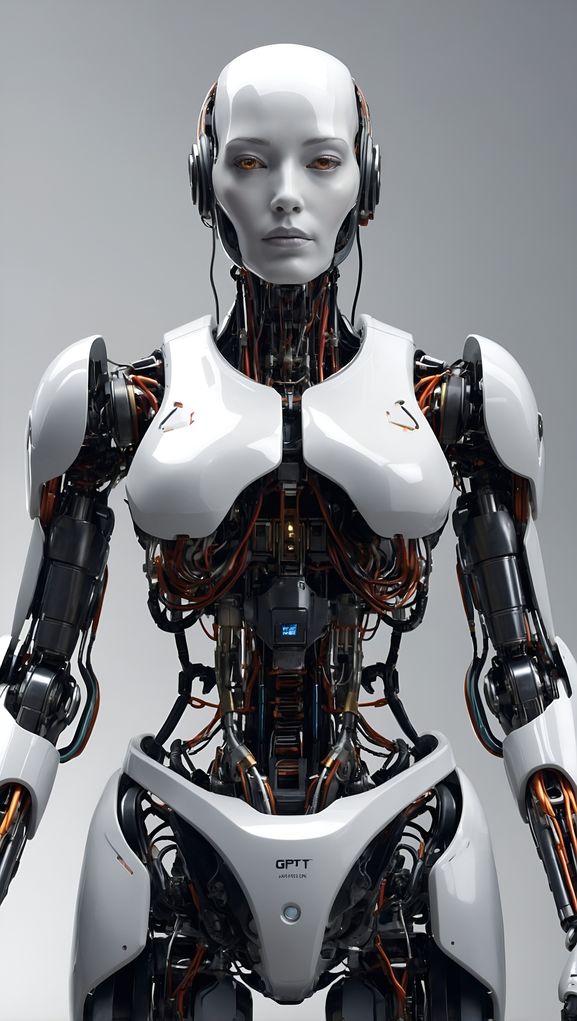Understanding CAPTCHA: The Technology Behind Online Security
Introduction
In the ever-evolving landscape of the internet, security has become a paramount concern. One of the most prevalent tools used to combat cyber threats and ensure online safety is CAPTCHA. CAPTCHA, which stands for "Completely Automated Public Turing test to tell Computers and Humans Apart," is a security mechanism designed to differentiate between human users and automated bots. This technology has become a staple in web security, providing a first line of defense against malicious activities.
The Origins of CAPTCHA
CAPTCHA was developed in the early 2000s by researchers at Carnegie Mellon University, including Luis von Ahn, Manuel Blum, Nicholas J. Hopper, and John Langford. The primary objective was to create a system that could prevent automated programs from abusing online services, such as spamming, ticket scalping, and fraudulent account creation. By presenting users with challenges that are easy for humans but difficult for computers, CAPTCHA effectively thwarts automated attacks.
How CAPTCHA Works
The fundamental principle behind CAPTCHA is the use of tests that are simple for humans to solve but challenging for machines. These tests typically involve tasks that require human-like perception and understanding, such as recognizing distorted text, identifying images, or solving puzzles. When a user encounters a CAPTCHA, they must successfully complete the test to prove their humanity and gain access to the desired service.
Types of CAPTCHA
There are several types of CAPTCHA, each employing different methods to differentiate between humans and bots.
Text-based CAPTCHA
Text-based CAPTCHA is one of the earliest and most common forms. It involves displaying distorted or obscured text that users must decipher and enter correctly. The text is often warped, rotated, or overlapped with background noise to make it difficult for automated systems to recognize. Despite its effectiveness, text-based CAPTCHA has faced criticism for its accessibility issues, as it can be challenging for individuals with visual impairments.
Image-based CAPTCHA
Image-based CAPTCHA presents users with a series of images and asks them to identify specific objects or patterns. For example, users might be asked to select all images containing traffic lights or storefronts. This type of CAPTCHA leverages human visual recognition capabilities, which are still superior to those of machines. Image-based CAPTCHA is generally more accessible than text-based CAPTCHA, though it can still pose challenges for some users.
Audio CAPTCHA
Audio CAPTCHA was developed to address the accessibility concerns of text-based CAPTCHA. It presents users with an audio clip containing spoken numbers or letters, which they must transcribe. This type of CAPTCHA is particularly useful for individuals with visual impairments. However, it can be less effective in noisy environments or for users with hearing impairments.
No CAPTCHA reCAPTCHA
Developed by Google, No CAPTCHA reCAPTCHA is a more user-friendly approach. It typically involves a simple checkbox labeled "I'm not a robot." By analyzing various factors, such as the user's behavior and interaction patterns, No CAPTCHA reCAPTCHA can determine whether the user is human without presenting a traditional challenge. In cases where additional verification is needed, users may be prompted with an image-based CAPTCHA.
The Importance of CAPTCHA in Online Security
CAPTCHA plays a crucial role in maintaining the security and integrity of online services. By preventing automated bots from performing malicious activities, CAPTCHA helps protect websites from a range of threats, including:
Spam Prevention
Bots often target online forms and comment sections to post spam messages or links. CAPTCHA helps mitigate this by ensuring that only human users can submit forms and comments, reducing the prevalence of spam.
Account Security
CAPTCHA prevents automated systems from creating fraudulent accounts, which can be used for various malicious purposes, such as spreading misinformation, conducting phishing attacks, or launching coordinated attacks.
Ticket Scalping
In the ticketing industry, bots are frequently used to purchase large quantities of tickets for popular events, which are then resold at inflated prices. CAPTCHA helps prevent this by ensuring that only humans can complete the purchase process.
Preventing Brute Force Attacks
Brute force attacks involve automated programs attempting to guess login credentials by trying multiple combinations. CAPTCHA adds an extra layer of security by requiring users to complete a challenge before accessing the login page, making it difficult for bots to perform these attacks.
The Evolution of CAPTCHA
As technology has advanced, so too have the capabilities of automated systems. This has led to an ongoing arms race between CAPTCHA developers and malicious actors. Over time, CAPTCHA has evolved to become more sophisticated and effective at thwarting increasingly advanced bots.
Machine Learning and CAPTCHA
Machine learning and artificial intelligence (AI) have significantly impacted the development and effectiveness of CAPTCHA. On one hand, AI has improved the ability of bots to solve traditional CAPTCHA challenges. On the other hand, CAPTCHA developers have leveraged machine learning to create more dynamic and adaptable tests that are harder for bots to bypass.
Behavioral Analysis
Modern CAPTCHA systems often incorporate behavioral analysis to enhance security. By monitoring user behavior, such as mouse movements, typing patterns, and interaction speed, CAPTCHA can more accurately determine whether the user is human or a bot. This approach reduces the need for explicit challenges, improving the user experience.
Challenges and Criticisms of CAPTCHA
Despite its effectiveness, CAPTCHA has faced various challenges and criticisms over the years. Some of the key issues include:
Accessibility Concerns
Traditional CAPTCHA systems, particularly text-based CAPTCHA, can be difficult for individuals with visual impairments, dyslexia, or other disabilities. While alternative CAPTCHA types, such as audio and image-based CAPTCHA, have been developed, they still pose challenges for some users.
User Experience
CAPTCHA can be a source of frustration for users, particularly when challenges are difficult or unclear. Poorly designed CAPTCHA can lead to user abandonment, negatively impacting the overall user experience. Balancing security with usability remains a significant challenge for CAPTCHA developers.
Advances in AI
As AI technology continues to advance, so too do the capabilities of automated systems to bypass CAPTCHA. This ongoing cat-and-mouse game between CAPTCHA developers and malicious actors requires constant innovation and adaptation to maintain effectiveness.
The Future of CAPTCHA
Looking ahead, the future of CAPTCHA is likely to be shaped by ongoing advancements in AI and machine learning, as well as the increasing need for accessibility and user-friendly security solutions. Some potential directions for the evolution of CAPTCHA include:
Invisible CAPTCHA
Invisible CAPTCHA aims to provide security without disrupting the user experience. By analyzing user behavior and other contextual factors, invisible CAPTCHA can determine whether a user is human without presenting an explicit challenge. This approach has the potential to significantly improve usability while maintaining robust security.
Biometric CAPTCHA
Biometric CAPTCHA leverages biometric data, such as fingerprints, facial recognition, or voice patterns, to verify user identity. While this technology is still in its early stages, it offers a promising avenue for enhancing security and accessibility. However, privacy concerns and the need for widespread adoption of biometric hardware present significant challenges.
Continuous Authentication
Continuous authentication involves continuously verifying user identity throughout an online session, rather than relying on a single challenge. This approach uses a combination of behavioral analysis, biometric data, and contextual information to maintain security without interrupting the user experience. Continuous authentication has the potential to provide a seamless and secure online experience.
Conclusion
CAPTCHA has become an integral part of online security, providing a critical defense against automated threats. While it has faced challenges and criticisms, ongoing advancements in technology and user-centered design have the potential to address these issues and improve the effectiveness and usability of CAPTCHA. As the internet continues to evolve, CAPTCHA will remain a vital tool in the ongoing effort to ensure online safety and security.




